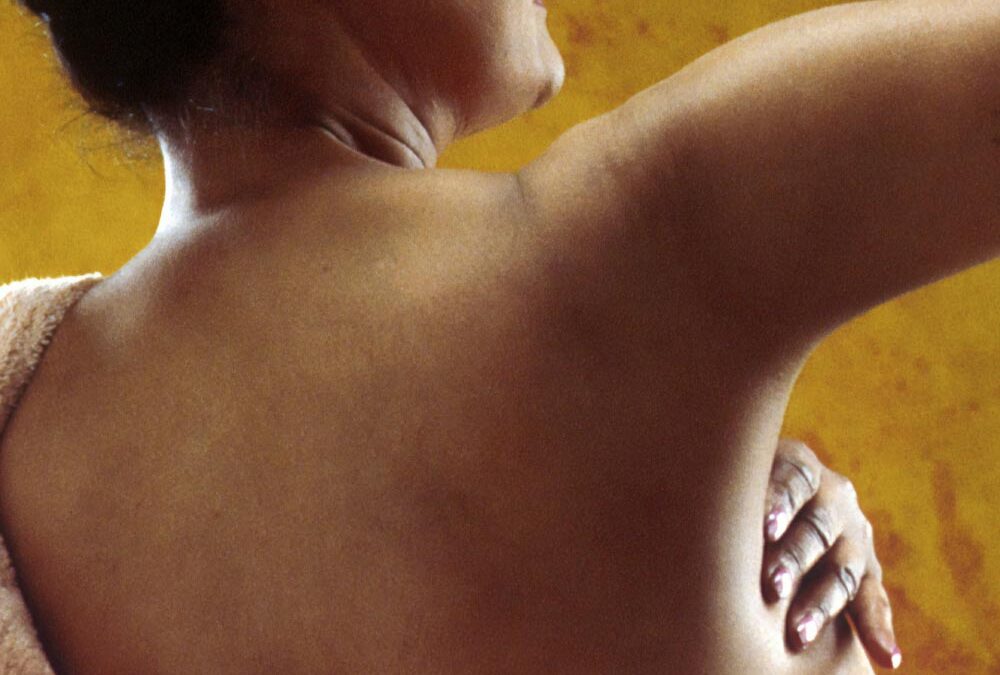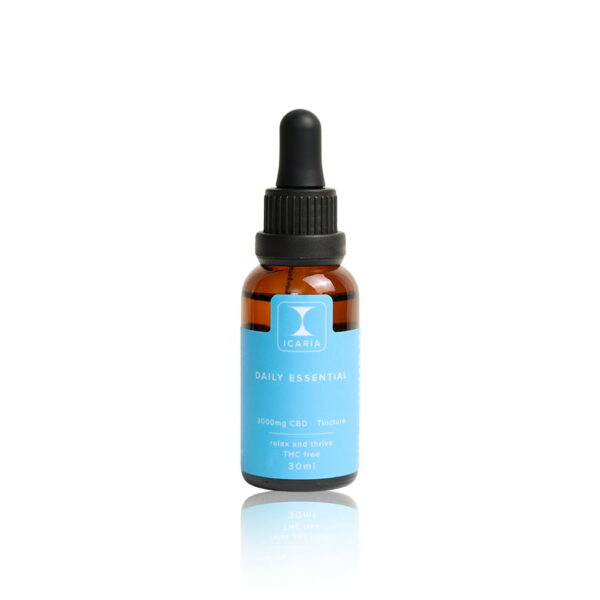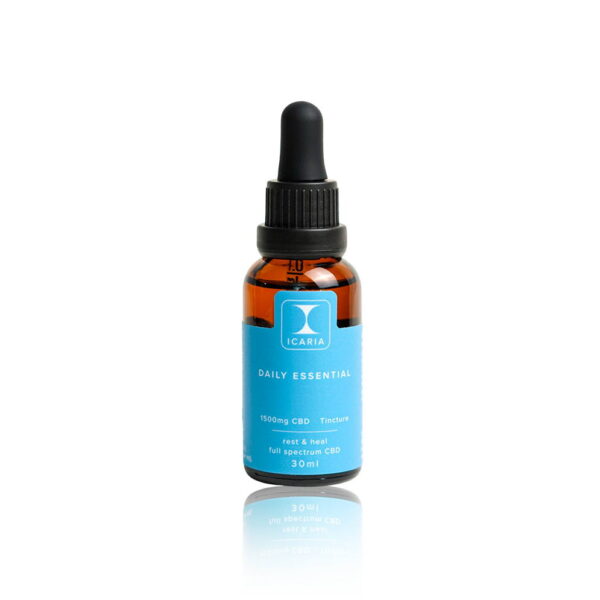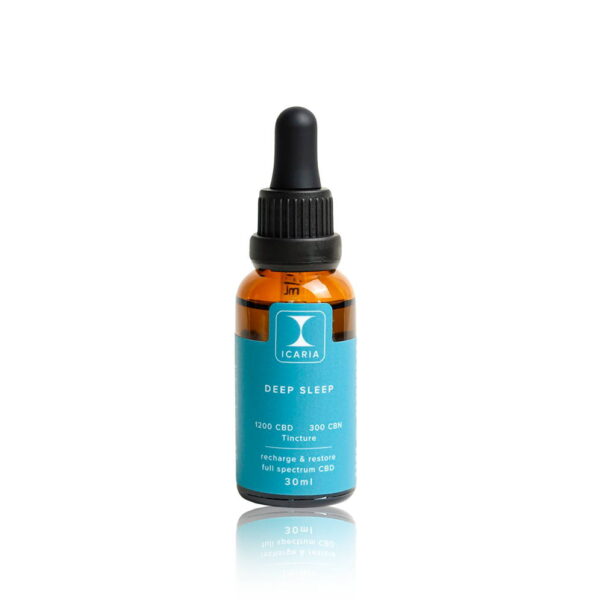Breast cancer is a significant global health issue, affecting millions of women, and their families. According to the World Health Organization (WHO), breast cancer is the most common cancer among women worldwide, with an estimated 2.3 million new cases diagnosed in 2022 alone. The impact of this disease extends far beyond its physical manifestations, affecting emotional, psychological, and social aspects of patients’ lives.
In the quest for more effective treatments and improved quality of life for breast cancer patients, alternative therapies are increasingly gaining recognition. One such therapy, CBD or cannabidiol, has captured the interest of both patients and researchers. CBD is a natural compound that has garnered attention for its potential therapeutic properties.
In this article, we will explore the world of CBD, its mechanisms of action, and its potential applications in the management of breast cancer. Additionally, we will delve into the underlying causes of breast cancer, strategies for prevention, and the critical importance of consulting with your healthcare professional when considering CBD as part of your breast cancer journey.
What is CBD?
Cannabidiol, commonly known as CBD, is a non-psychoactive compound found in the hemp plant. Unlike its counterpart, tetrahydrocannabinol (THC), CBD does not produce the euphoric “high” typically associated with marijuana use. CBD has gained widespread attention for its potential therapeutic effects, which extend to pain relief, anxiety reduction, anti-inflammatory properties, and more.
The Endocannabinoid System
To understand how CBD interacts with the human body, it is essential to introduce the endocannabinoid system (ECS). The ECS is a complex cell-signalling system present in humans and many animals. Its primary role is to maintain homeostasis or balance within the body. The ECS consists of three key components:
- Endocannabinoids: These are naturally occurring compounds produced by the body. Anandamide and 2-arachidonoylglycerol (2-AG) are two well-known endocannabinoids.
- Receptors: Cannabinoid receptors are found throughout the body, primarily in the brain and immune system. The two primary types are CB1 receptors (predominantly in the brain) and CB2 receptors (mainly in the immune system).
- Enzymes: Enzymes are responsible for breaking down endocannabinoids once they have fulfilled their role. FAAH (fatty acid amide hydrolase) is the enzyme that breaks down anandamide, while MAGL (monoacylglycerol lipase) breaks down 2-AG.
CBD interacts with the ECS by influencing the activity of these receptors, particularly CB1 and CB2 receptors, albeit in a different manner than THC. These interactions are believed to underlie many of CBD’s potential therapeutic effects.
Differentiating CBD from THC
A crucial distinction between CBD and THC is their psychoactive effects. While THC is known for its mind-altering properties, CBD does not produce such effects. This makes CBD an appealing option for individuals seeking symptom relief without the associated “high” of THC.
What are the Causes of Breast Cancer?
Genetic Predisposition
While breast cancer can affect individuals without a family history of the disease, genetic predisposition plays a significant role in some cases. Mutations in specific genes, such as BRCA1 and BRCA2, significantly increase the risk of breast cancer. Genetic testing and counselling can help individuals assess their risk and make informed decisions regarding their health.
Hormonal Influences
Hormones, particularly estrogen and progesterone, play a pivotal role in breast cancer development. Women with prolonged exposure to estrogen, such as those who started menstruating early or entered menopause late, have an increased risk. Additionally, hormone replacement therapy (HRT) and certain oral contraceptives may affect breast cancer risk.
Lifestyle and Environmental Factors
Several lifestyle choices and environmental factors have been linked to an increased risk of breast cancer. These include:
- Diet: A diet high in saturated fats and low in fruits and vegetables may contribute to an elevated risk.
- Alcohol Consumption: Regular and excessive alcohol consumption is associated with an increased risk of breast cancer.
- Tobacco Use: Smoking and secondhand smoke exposure may also be linked to breast cancer.
- Physical Activity: Lack of regular physical activity is considered a risk factor.
- Environmental Exposures: Prolonged exposure to certain environmental toxins and chemicals may contribute to breast cancer risk.
Types of Breast Cancer
Breast cancer is not a uniform disease but rather a collection of distinct cancer types, each with its own characteristics and treatment considerations. The most common types include:
- Ductal Carcinoma In Situ (DCIS): DCIS is a non-invasive cancer where abnormal cells are found in the lining of a breast duct but have not spread outside the duct.
- Invasive Ductal Carcinoma (IDC): IDC is the most common form of invasive breast cancer, where cancer cells form in the milk ducts and invade nearby tissues in the breast.
- Invasive Lobular Carcinoma (ILC): ILC begins in the milk-producing glands (lobules) and can spread to nearby breast tissue.
- Triple-Negative Breast Cancer: This aggressive type lacks estrogen, progesterone, and HER2 receptors, making it challenging to treat with hormone-based therapies.
Understanding the diversity of breast cancer types is crucial for tailoring treatment approaches to each patient’s unique circumstances.
Can You Prevent Breast Cancer?
Lifestyle Modifications
While the prevention of breast cancer remains complex, individuals can reduce their risk by making certain lifestyle modifications. Key strategies include:
- Maintaining a Healthy Weight: Obesity is linked to an increased risk of breast cancer, particularly in postmenopausal women.
- Regular Physical Activity: Engaging in regular exercise can help lower breast cancer risk.
- Moderating Alcohol Consumption: Limiting alcohol intake is recommended, as excessive alcohol consumption is associated with a higher risk.
- Dietary Choices: A balanced diet rich in fruits, vegetables, and whole grains is encouraged, while reducing the intake of saturated fats may be beneficial.
- Tobacco Avoidance: Refraining from smoking and avoiding exposure to secondhand smoke is essential.
Screening and Early Detection
Early detection remains a cornerstone in improving breast cancer outcomes. Mammograms, clinical breast exams, and breast self-exams are vital tools for identifying breast cancer at its earliest stages. Regular screening is recommended, especially for women over the age of 40 or those with a family history of breast cancer.
Challenges in Prevention
While lifestyle modifications and early detection strategies are essential, breast cancer prevention is far from straightforward. Some factors, such as genetics and hormonal influences, are beyond an individual’s control. Additionally, the effectiveness of certain prevention measures, like dietary changes, may vary from person to person.
CBD and Breast Cancer: What Does the Research Say?
Pain Management
Chronic pain is a distressing symptom commonly associated with breast cancer and its treatments. CBD has been subject to extensive research for its analgesic properties. It has been shown to offer relief by interacting with the body’s endocannabinoid system, which plays a role in pain perception.
Anti-Inflammatory Effects
Inflammation is a contributing factor in cancer development and progression. CBD has shown promise in reducing inflammation, both systemically and locally, which could aid in symptom management and possibly impede the growth of cancer cells.
Anxiety and Sleep
Anxiety and sleep disturbances are prevalent among cancer patients, impacting their overall well-being. Emerging research suggests that CBD may effectively reduce anxiety and improve sleep quality, offering relief to individuals undergoing cancer treatment.
Apoptosis and Cancer Cell Growth
Initial investigations have indicated that CBD may induce apoptosis (cell death) in breast cancer cells. This process is vital in preventing the uncontrolled proliferation of cancer cells. However, it is important to note that further research is needed to comprehensively understand CBD’s impact on cancer cell growth.
Combination Therapy
CBD may complement traditional cancer treatments such as chemotherapy. Its anti-inflammatory and immune-modulating properties could enhance the effectiveness of existing therapies, potentially leading to improved outcomes.
Always Consult with Your Doctor
While CBD holds promise in alleviating breast cancer symptoms and supporting treatment, it is imperative to underscore that it is neither a cure nor a standalone treatment. Individuals considering CBD as part of their breast cancer management should always consult with their oncologist or healthcare provider. These professionals can offer guidance on appropriate dosage, potential interactions with other medications, and suitability based on individual health profiles.
Conclusion
We know that breast cancer (or cancer in general) is a sensitive topic, and it should be handled with care. But caring for your health also means addressing the tough conversations and making sure you have all the information you need.
The potential therapeutic benefits of CBD in managing breast cancer symptoms and augmenting treatment approaches are encouraging. As research in this field continues to progress, CBD may emerge as a valuable adjunct to the range of therapies available to breast cancer patients. However, it is essential to emphasize the importance of a personalized, patient-centered approach. Always consult with healthcare experts to ensure the safe and judicious use of CBD in your breast cancer journey. While the future holds promise, the present necessitates vigilance and collaboration with healthcare professionals to achieve the best possible outcomes in the battle against breast cancer.







